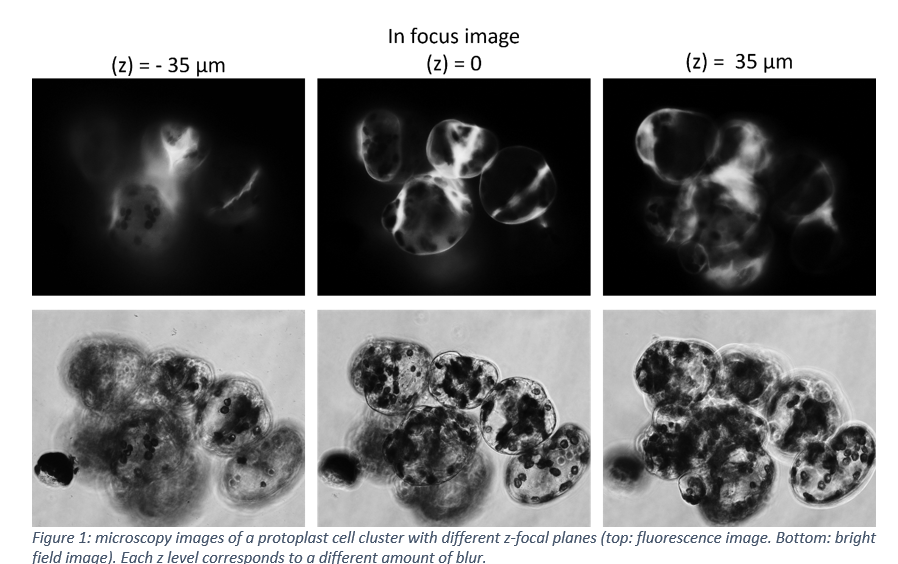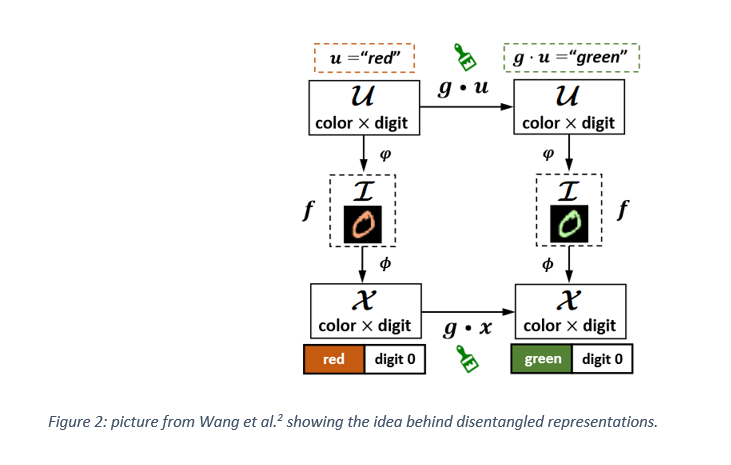Master Assignment
Deblurring and disentangled representations of cell images via deep learning
Type: Master CS
Period: TBD
Student: (Unassigned)
If you are interested please contact :
Description:
To predict how a plant will grow, it is important to investigate how division planes in plants form on a single cell level. To build prediction models of the plant cell division and their division planes, we need clear microscopy images. For real microscope setups, such clean images are usually not acquired, as they always have a certain level of blur (see Figure 1).
We know a blurred image is an in-focus image convolved with a blurring kernel. To get clean non-blurry images, one has to solve the deblurring deconvolution problem. The big issue is that the blurring kernel is unknown. To learn the blurring kernel and deblur images, it has been shown in the literature that Deep Learning is a successful tool.
Many deep learning techniques for deblurring consider the blurred image as a whole. They do not consider that a blurred image can be separated into an in-focus image and the blurred version of this in-focus image. The goal of this project is to create a deep learning method for deblurring that uses this disentanglement to create a better deep learning based deblurring approach. For the project, protoplast microscopy data will be provided on which the developed deblurring approach can be tested.
One possible approach is to apply disentangled representation learning1, 2 and use the disentangled latent space that is learned for the deblurring problem (see Figure 2). In general, when using an autoencoder for deblurring, the learned latent representation represents both the in-focus image and the blurring at the same time. These two components are not separated. Learning a latent code that separates/disentangles into a blur component and an identity component might then improve deblurring.
Keywords: latent space, deblurring, disentanglement
References:
1 Higgins, I., Amos, D., Pfau, D., Racaniere, S., Matthey, L., Rezende, D., & Lerchner, A. (2018). Towards a definition of disentangled representations. arXiv preprint arXiv:1812.02230.
2 Wang, T., Yue, Z., Huang, J., Sun, Q., & Zhang, H. (2021). Self-supervised learning disentangled group representation as feature. Advances in Neural Information Processing Systems, 34, 18225-18240.






